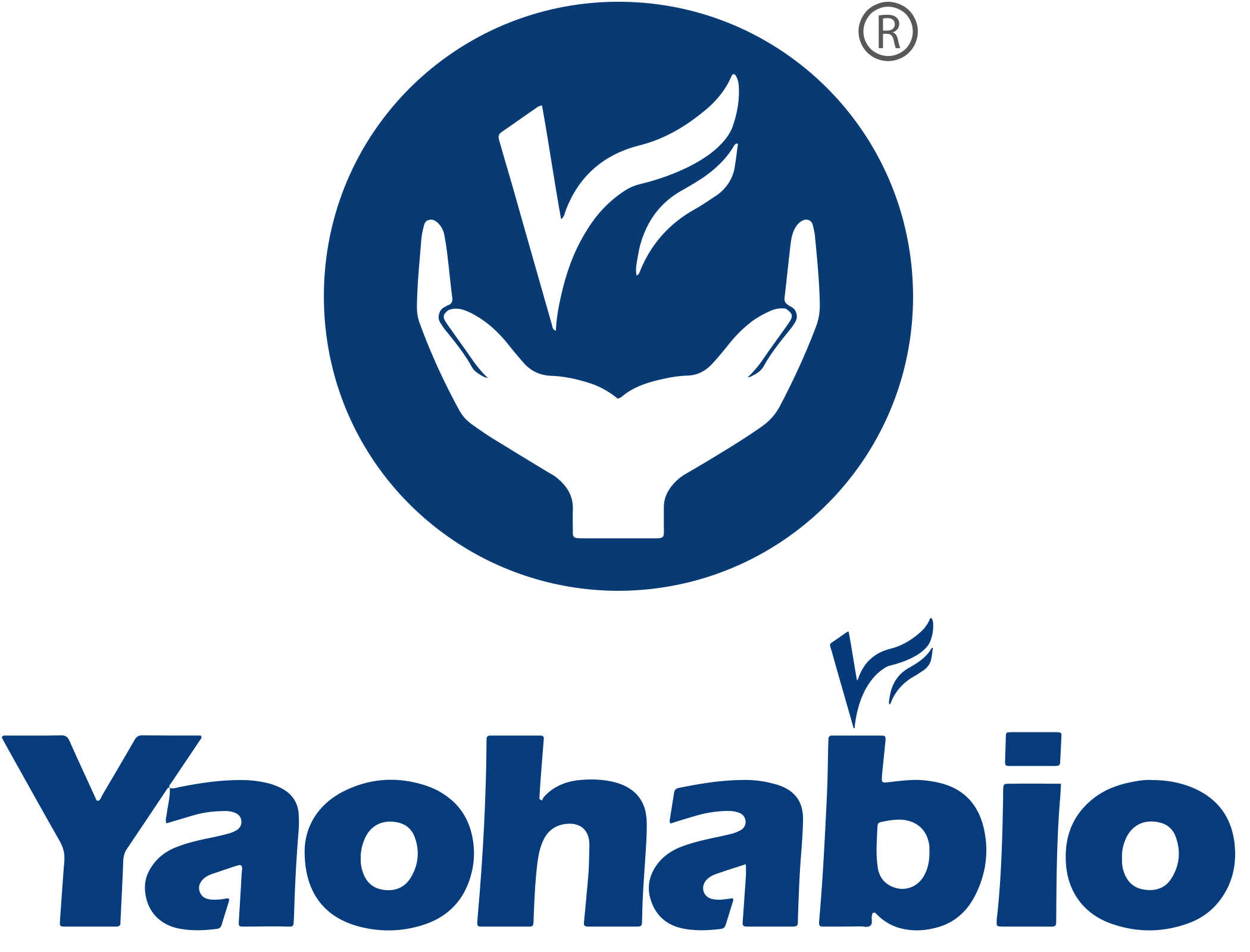Marvelous Fermentation Rate Control Strategies
Microbial fermentation rate control aims to optimize growth conditions by precisely adjusting key factors such as temperature, pH, dissolved oxygen, and substrate concentration, ensuring that microorganisms are in their optimal physiological state. This enhances the synthesis efficiency and yield of target products. The rate control strategy promotes rapid microbial growth and efficient metabolism and maintains the stability of the fermentation process, reducing production risks caused by environmental fluctuations.
Furthermore, it effectively improves the utilization efficiency of energy and resources, lowering production costs. By flexibly adjusting fermentation conditions according to the specific needs of different fermentation stages, the rate control strategy ensures that microbial activities remain optimized throughout the entire fermentation cycle, ultimately achieving an efficient, stable, and economical production process.
Yaohai Bio-Pharma has established a high-density fermentation platform process suitable for plasmid production in Escherichia coli by optimizing basic and feed media as well as fermentation control strategies. Within a cultivation cycle of 30 hours, the plasmid yield exceeds 1g/L. Additionally, Yaohai Bio-Pharma can provide customized process optimization solutions based on single-factor or Design of Experiments (DoE) methods for different plasmids and host bacteria, meeting clients' needs for high-yield and high-quality plasmid production. Drawing on its extensive experience in microbial fermentation, Yaohai Bio-Pharma has summarized several effective fermentation rate control strategies.
Fermentation Rate Control Strategies
The key to controlling microbial fermentation rate lies in regulating enzymatic catalysis rates. Enzymes, being proteins that catalyze chemical reactions in living organisms, expedite reaction processes without altering the overall energy change. In microbial fermentation, the rate of enzymatic catalysis directly impacts the generation process of metabolites and overall fermentation efficiency.
Temperature Control
The activity of enzymes is significantly influenced by temperature. Typically, each enzyme has an optimal temperature range within which it exhibits maximum activity and fastest reaction rates. Consequently, by manipulating fermentation temperature, people can regulate the rate of enzymatic catalysis. For instance, microorganisms requiring high-temperature fermentation can be provided with a suitable elevated temperature environment to accelerate enzymatic reactions, whereas those necessitating low-temperature fermentation must be maintained at cooler temperatures to sustain enzyme activity.
pH Regulation
The activity of enzymes is also affected by pH levels. Each enzyme possesses an optimal pH range; deviations from this range can lead to decreased enzyme activity or even inactivation. By adjusting the pH of the fermentation broth, we can influence the rate of enzymatic catalysis. Regular monitoring of the fermentation broth's pH and the addition of acid or base regulators as needed help maintain optimal fermentation conditions.
Substrate Concentration and Nutrient Conditions
Substrate concentration is a crucial factor influencing the rate of enzymatic catalysis. Excessively high substrate concentrations can result in substrate inhibition, slowing down the reaction rate, while excessively low concentrations may limit reaction rate. Therefore, it is essential to control the addition rate and amount of substrate to maintain an optimal substrate concentration range. Furthermore, microorganisms require certain nutrients to sustain their growth and metabolic activities during fermentation. Providing sufficient nutrients enhances the rate and efficiency of enzymatic catalysis.
Dissolved Oxygen and Aeration
For aerobic microorganisms, dissolved oxygen is a vital factor influencing their metabolic activities. By controlling aeration rates and stirring speeds, we can regulate the dissolved oxygen levels in the fermentation broth, thereby influencing the rate of enzymatic catalysis. Generally, high dissolved oxygen levels are maintained during aerobic fermentation to promote microbial growth and metabolic activities, whereas low levels are maintained during anaerobic fermentation to avoid oxygen's inhibitory effects on anaerobic microorganisms.
Fermentation time is another critical factor affecting the rate of enzymatic catalysis and product yield. By managing the duration of fermentation, we can regulate microbial metabolic activities and product generation. In practice, determining the appropriate fermentation time range depends on specific fermentation processes and product requirements.
Yaohai Bio-Pharma is also actively seeking institutional or individual global partners and offers the most competitive compensation in the industry. If you have any questions, please feel free to contact us: BD@yaohaibio.cn
Hot News
-
Yaohai Bio-Pharma Passed EU QP Audit and Attains ISO Triple Certification
2024-05-08
-
BiotechGate, Online
2024-05-13
-
2024 WORLD VACCINE CONGRESS Washington
2024-04-01
-
CPHI North America 2024
2024-05-07
-
BIO International Convention 2024
2024-06-03
-
FCE COSMETIQUE
2024-06-04
-
CPHI Milan 2024
2024-10-08

 EN
EN
 AR
AR
 HR
HR
 CS
CS
 DA
DA
 NL
NL
 FI
FI
 FR
FR
 DE
DE
 EL
EL
 IT
IT
 JA
JA
 KO
KO
 NO
NO
 PL
PL
 PT
PT
 RO
RO
 RU
RU
 ES
ES
 SV
SV
 IW
IW
 ID
ID
 LV
LV
 LT
LT
 SR
SR
 SK
SK
 SL
SL
 UK
UK
 VI
VI
 ET
ET
 HU
HU
 TH
TH
 TR
TR
 FA
FA
 AF
AF
 MS
MS
 BE
BE
 MK
MK
 UR
UR
 BN
BN

